The Catch-All, Guilt free guide to Sous Vide Processing
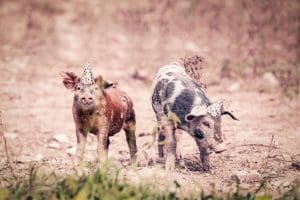
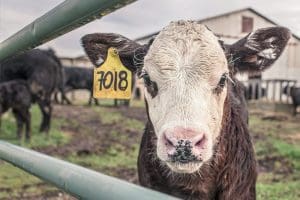
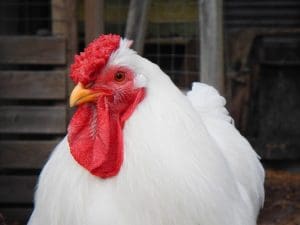

This approach to Sous Vide can be used for Beef, Veal, Chicken, Pork, and almost any other land or air dwelling prey. Fish or seafood implement slightly different paramaters.
- Sous Vide does not require or really benefit from anything in the bag, other than the muscle/protein/object, and salt as desired.
- Only salt and smoke penetrate muscle, and even then, not all components of the smoke.
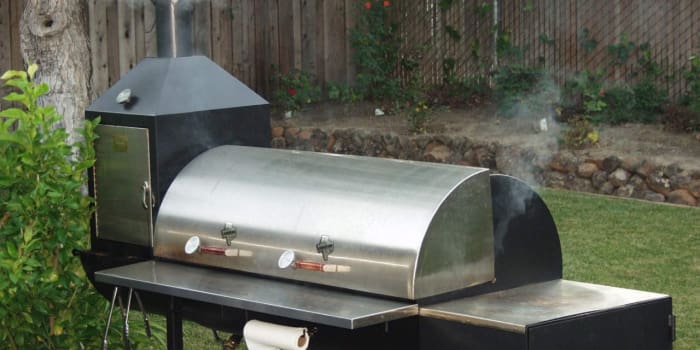
- Surface treatments can be beneficial, but tend to stick better to the bag than the food, so most of us usually avoid marinades and rubs, until AFTER processing.
- Aromatics, butter, and other oils in the bag look nice but are best saved for later.
- Pre-sear does not lock in the juice.
Here’s a confirming link: http://amazingribs.com/recipes/rubs_pastes_marinades_and_brines/zen_of_marinades.html?hc_location=ufi
- Seal your protein in the bag, using either chamber, channel, or displacement method. (Displacement method works well with Ziploc Gallon or Ziploc Quart)
- Temperature governs the appearance of doneness–rare, medium rare, etc.
- Time governs the ultimate texture.
- Calculate temperature penetration times using Baldwin, the link to his guide is below, and make sure that core temperature is achieved. Processing continues for a minimum of 4 hours to achieve pasteurization, longer, depending on how much collagen you want to convert into gelatin. Some processes require up to 72 hours for desired results (tenderness).
Baldwin: http://www.douglasbaldwin.com/sous-vide.html
- Set your PID controller on 129F-135F, lower ranges for boneless, higher ranges for bone-in.
- Process your item.
- Remove from tank, shock chill to 70F in cold water, add ice if desired, and refrigerate. At this point, provided the seal is not broken, the product will keep a long, long time. Weeks, as opposed to days. You can also freeze it.
- When you want to eat, remove the product from the bag and, if desired, at this point, you may marinade, rub, dip, coat, bread, whatever.
- Cook using conventional methods, just long enough to achieve the desired internal temp. 140F is “Mouth Hot”.
The debate about what should go in the bag with SV products, and whether or not it penetrates, has raged on, and will continue to do so. All the available scientific evidence insists that only sodium ions (salt, usually) are small enough to penetrate the complex and tangled matrix of proteins that we refer to as muscle. Flavonoids, and, even sugar, are just too large to go beyond the surface–many people insist otherwise and will continue to do so, because:
- Flavor is a subjective thing, and
- Surface treatments can be very effective.
That being said, with this assertion as an assumption, there are a few things to consider:
- SV temperatures used for meat (129F-165F) are too low to cook most vegetables (183F). This means there would be no point in putting mirepoix in a Sous Vide bag, not only because it won’t penetrate, but because it won’t COOK.

- Do not SV fresh garlic at less than 190f (botulism risk!). No actual case has been reported, but the garlic can give your end product an unpleasant, metallic flavor.
- Extra Virgin Olive Oil in the bag has been reported to provide an “off” flavor, as well.
http://sousvideresources.com/2016/07/23/fresh-garlic-in-sous-vide/
For best results:
- Dry the protein off before the sear.

http://sousvideresources.com/2016/07/24/crust-bark-and-pellicule/
Save the purge (juice) for later use.
http://sousvideresources.com/2016/10/07/sousjus/
- Smoke will no longer penetrate meat after it hits 140. -Smoke rings are cool to look at but that is all.
Poultry and Pork cook at temperatures much lower than you would think (given time).
http://www.douglasbaldwin.com/sous-vide.html
- Shocking (like in canning) stops the cooking and returns the meat to the safe zone quickly.
http://sousvideresources.com/2016/07/21/safety-should-not-be-shocking/
- Shocking, even if you plan to sear immediately, done quickly, cools the protein to help the sear. Fast sear = less grey / dry meat.
http://sousvideresources.com/2016/07/21/safety-should-not-be-shocking/
- Temperature and time determine ‘doneness’, pasteurization and texture.
http://sousvideresources.com/2016/07/23/sous-vide-temperature-and-time/

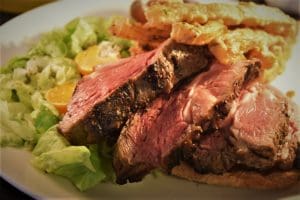
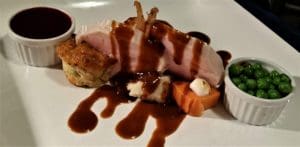
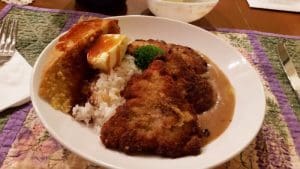
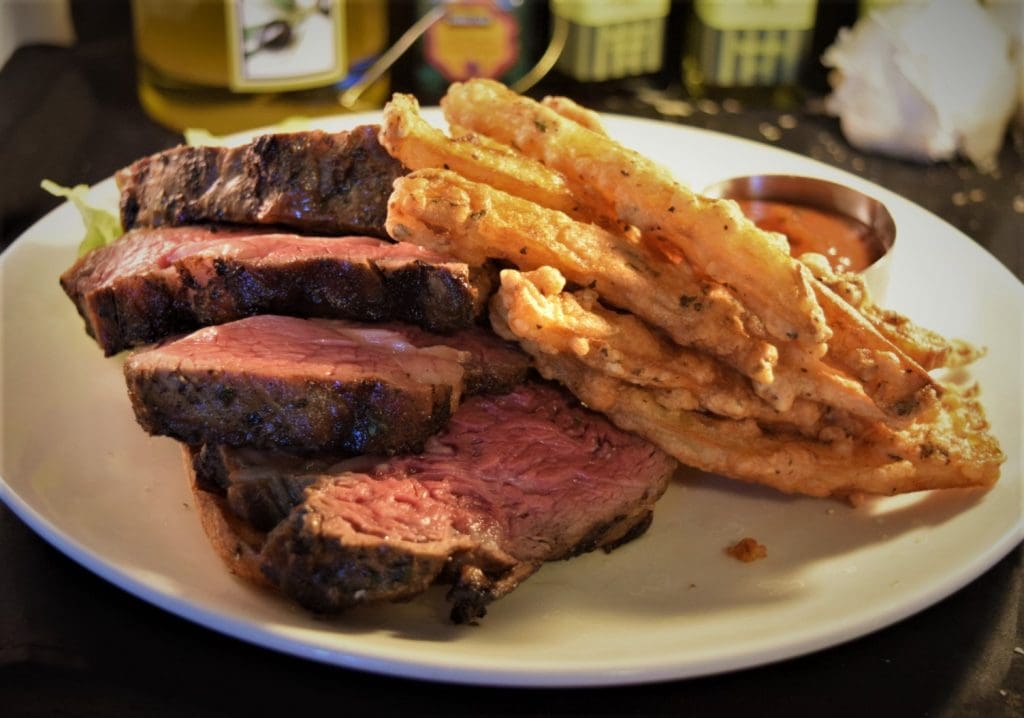
Its like you read my mind You appear to know so much about this like you wrote the book in it or something I think that you can do with a few pics to drive the message home a little bit but other than that this is fantastic blog A great read Ill certainly be back
1
1
Thank you I have just been searching for information approximately this topic for a while and yours is the best I have found out so far However what in regards to the bottom line Are you certain concerning the supply
1
1
This asset is incredible. The magnificent data unveils the proprietor’s enthusiasm. I’m dumbfounded and envision more such marvelous presents.
1
1
1
1
Can you be more specific about the content of your article? After reading it, I still have some doubts. Hope you can help me.
Your point of view caught my eye and was very interesting. Thanks. I have a question for you.
Thank you for your sharing. I am worried that I lack creative ideas. It is your article that makes me full of hope. Thank you. But, I have a question, can you help me?
Thank you for your sharing. I am worried that I lack creative ideas. It is your article that makes me full of hope. Thank you. But, I have a question, can you help me?
Your article helped me a lot, is there any more related content? Thanks!
apo prednisone
Thank you for your sharing. I am worried that I lack creative ideas. It is your article that makes me full of hope. Thank you. But, I have a question, can you help me?
Wow, wonderful blog format! How long have you
ever been running a blog for? you make running a blog glance easy.
The total look of your web site is great, let alone the content material!
You can see similar here sklep online
Wow, wonderful blog structure! How lengthy have you been blogging
for? you make running a blog look easy. The whole look of your web site
is fantastic, as neatly as the content! You can see similar here e-commerce
Wow, wonderful weblog layout! How long have you ever been blogging for?
you make blogging look easy. The entire look of your website is
excellent, let alone the content! You can see similar here sklep internetowy
Wow, fantastic weblog format! How long have you ever been running a blog for?
you make blogging look easy. The full glance of your web
site is fantastic, let alone the content material!
You can see similar here sklep
Wow, fantastic weblog format! How lengthy have you been blogging for?
you made blogging look easy. The full look of your website is magnificent, let alone
the content! You can see similar here najlepszy sklep
Thank you for your sharing. I am worried that I lack creative ideas. It is your article that makes me full of hope. Thank you. But, I have a question, can you help me?
Can you be more specific about the content of your article? After reading it, I still have some doubts. Hope you can help me.
Thank you for your sharing. I am worried that I lack creative ideas. It is your article that makes me full of hope. Thank you. But, I have a question, can you help me?
I don’t think the title of your article matches the content lol. Just kidding, mainly because I had some doubts after reading the article.
prednisone 250
medication zestoretic